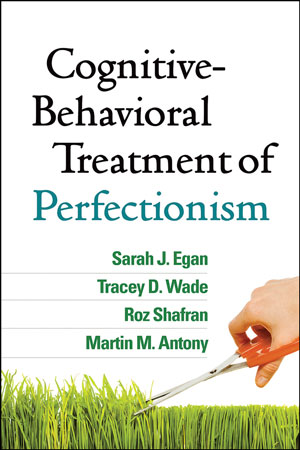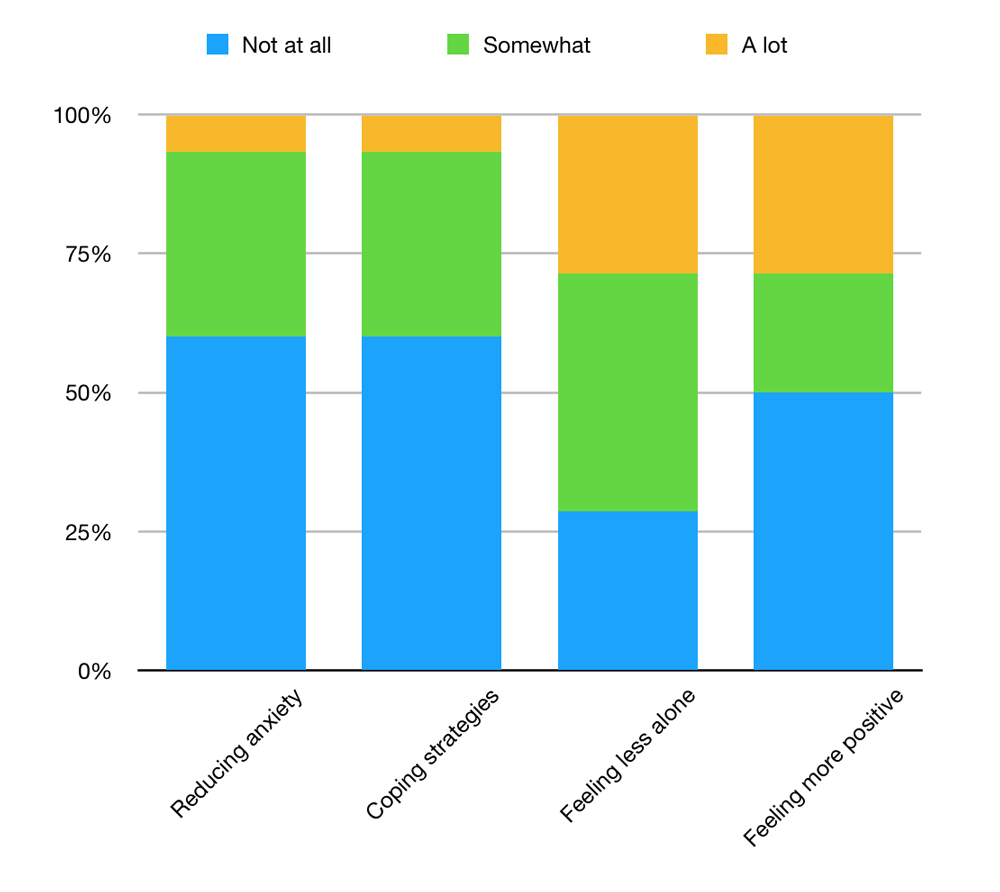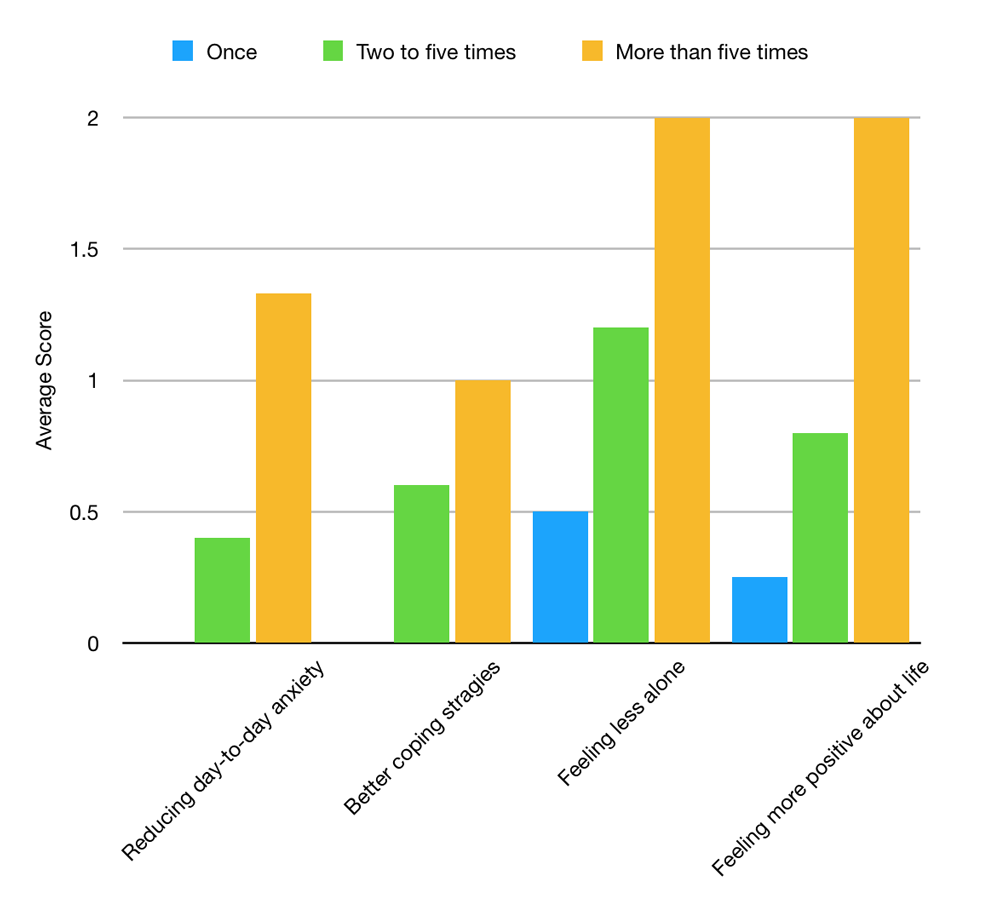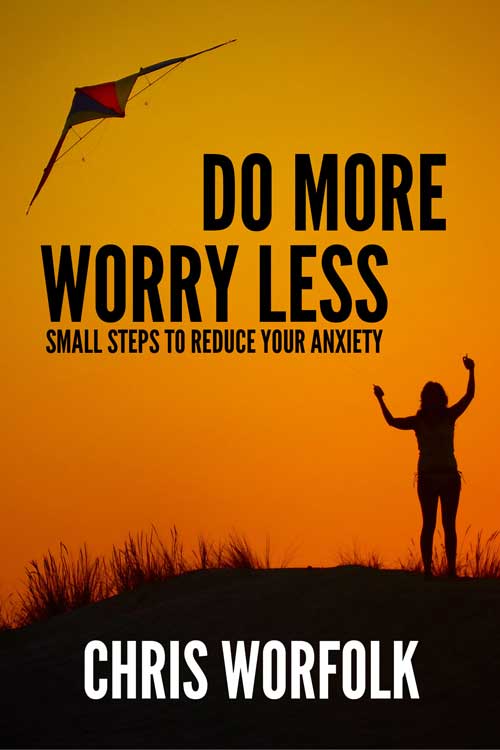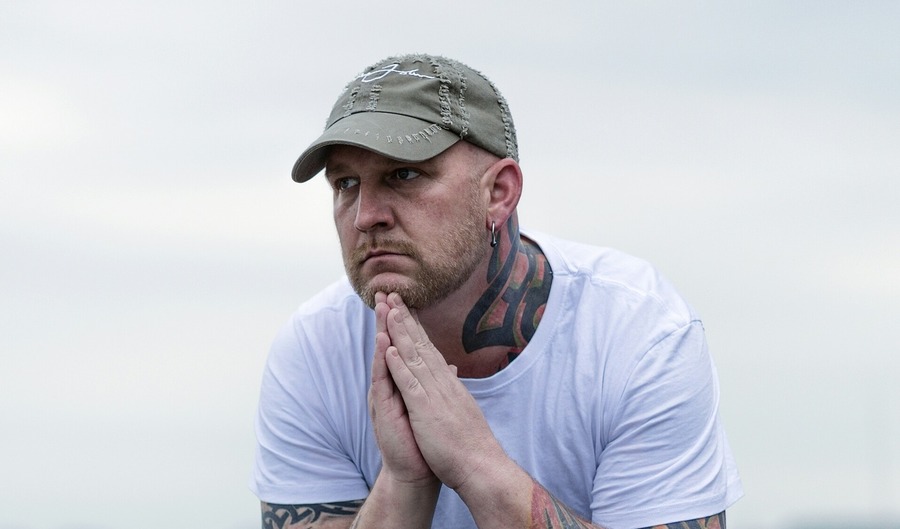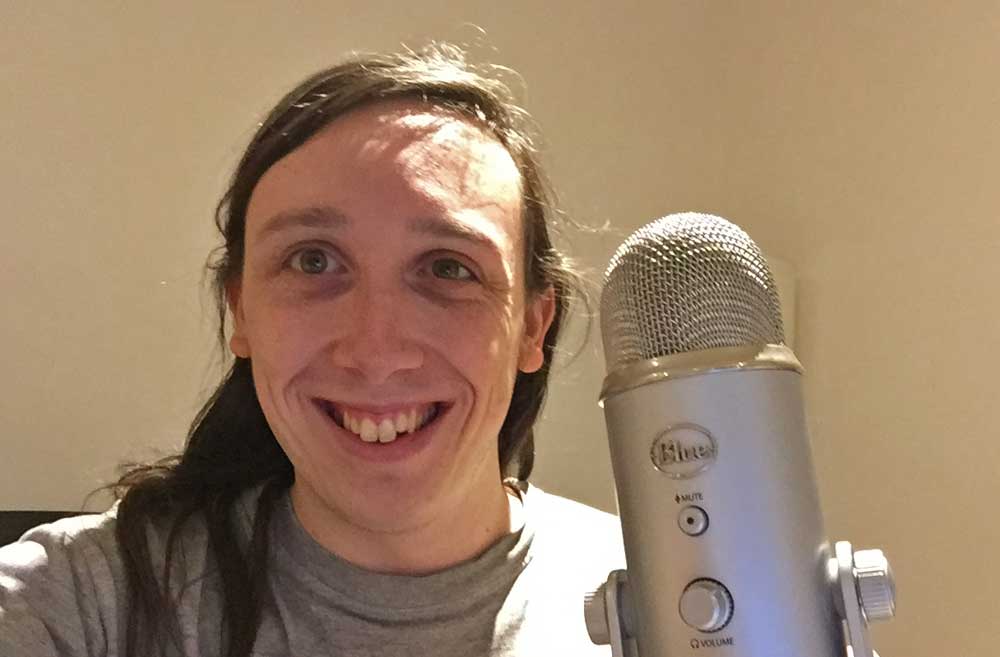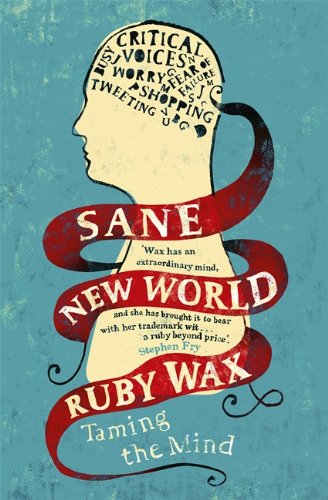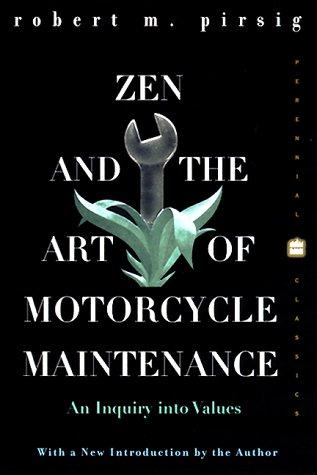Cognitive-Behavioral Treatment of Perfectionism
Cognitive-Behavioral Treatment of Perfectionism is a book by Sarah J. Egan, Tracey D. Wade, Roz Shafran, and Martin M. Antony.
It’s written for therapists but is also useful for academics. And, as it turns out, for some introspection, too.
What exactly is perfectionism? There is no universal definition of clinical perfectionism but typically involves in a process of people setting unachievable standards for themselves and then feeling bad when they miss them. Treating it can have transdiagnostic benefits for a person’s mental health.
A key part is an over-reliance of self-feedback. It’s not enough that other people tell you that you are doing a good job: you need to meet your own high standards, not theirs.
How do you assess it? There is no single way, though a few inventories are emerging. And by “a few”, I mean loads:
- Almost Perfect Scale-Revised (APS-R)
- Behaviour Domains Questionaire (BDQ)
- Burns Perfectionism Scale (BPS)
- Clinical Perfectionism Questionaire (CPQ)
- Consequences of Perfectionism Scale (COPS)
- Frost et al. Multidimensional Perfectionism Scale (FMPS)
- Hewitt and Flett Multidimensional Perfectionism Scale (HMPS)
- Neurotic Perfectionism Qustionaire (NPQ)
- Perfectionism Inventory (PI)
- Perfectionistic Self-Presentation Scale (PSPS)
- Positive and Negative Perfectionim Scale (PANPS)
The model
The standard model for perfectionism is that you set a standard and try to achieve it. These standards are typically inflexible, over-general (one mistake wipes off the entire report as failure) and filled with double-standards (it is okay for someone else to do that, but not me).
The height of the standard leads to avoidance.
You either then hit the standard, in which case you tell yourself it was too easy.
Or you miss the standard and beat yourself up.
The treatment
The book lays out a full treatment plan based on cognitive behaviourism. However, one thing I will point out for a quick win: merely monitoring your symptoms seems to improve things.
Ethlers and colleagues (2003) had people with PTSD perform daily monitoring of their symptoms. After three weeks, 12% had improved sufficiently to no longer meet the clinical level of PTSD.
Similarly, there is evidence that self-monitoring contributes to improvements in anxiety and depression (Coull & Morris, 2011).
Self-criticism
Perfectionists often see a value in self-criticism because they believe that if they accepted lower standards, they would be lazy and unproductive.
So, rather than eliminating self-criticism, we want to replace it with constructive feedback.
The authors suggest we think of it as the choice between two basketball coaches: do you want one who just calls you “stupid” and “a failure” when you make a mistake? Or do you want one that is encouraging, offers suggestions for improvements and guides you to the next level in performance? That is the difference between a self-critical inner voice and a compassionate but productive one.
This is important because of the Yerkes-Dodson Law. This states that there is an optimal level of arousal. Too little, and you will be lazy. Too much, though, and your performance starts to deteriorate as well. Moderation is the order of the day: gentle pressure produces optimal performance, not viciously beating yourself up.
Procrastination
One of the biggest problems for perfectionists is that they are often not productive because of procrastination. They put off tasks for a number of reasons:
- The task is large, and therefore the time commitment to completing it perfectly is equally large
- You feel overwhelmed by the idea of having to do it perfectly
- Giving yourself too little time is an easy get-out: it’s okay for it to be imperfect because it is not a true reflection of your performance
So, they do nothing. Nothing pleasurable, either. There can be no enjoyable tasks because they “haven’t earned it”. So, the time simply goes to waste.
The motivation trap
A common reason for putting tasks off is “waiting for the motivation” to get it done. But the authors claim that this is a fundamental misunderstanding of causation.
We assume that motivation inspires action. But, in reality, action inspires motivation (Shafan et al 2010). If you want to feel motivated about a task, force yourself to start it and them motivation will follow.
This fits with my blog post on what comes first: thoughts or feelings? It is our behaviour that drives our feelings, not the other way around.
Summary
This is a really interesting read for anyone interested in perfectionism. It is aimed at clinicians, which means you don’t get all of the friendly hand-holding of popular science, and everything comes from a certain angle. However, it is written in a very engaging way, so doesn’t suffer from the stuffiness of academic texts.
